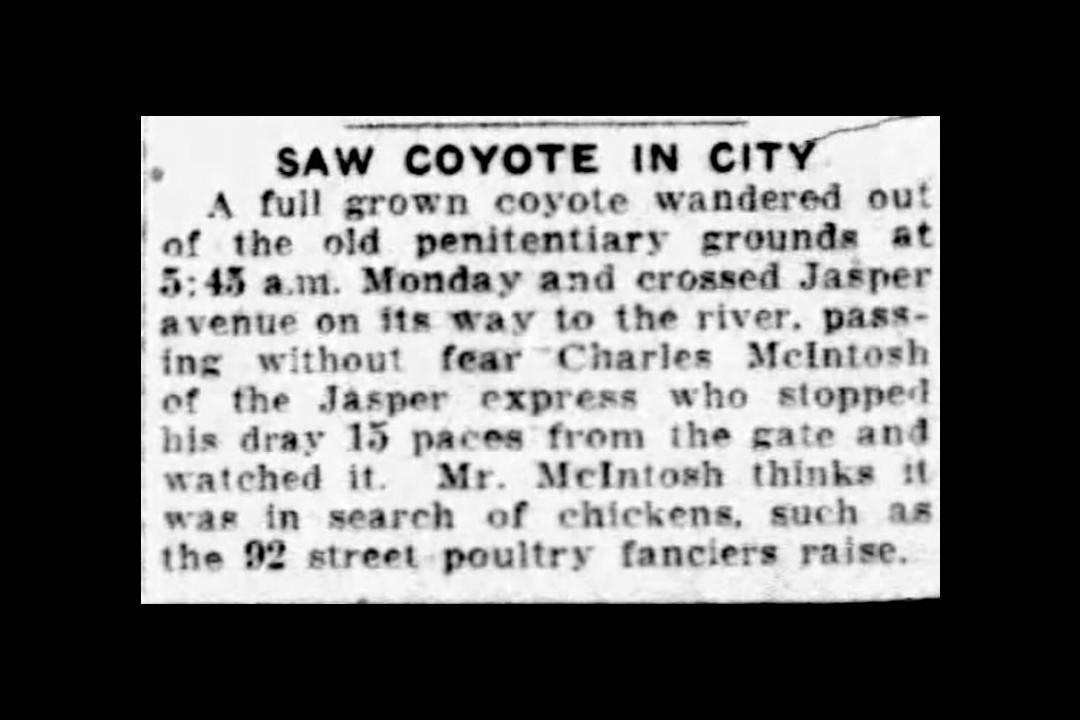
Game developers chart a new course
Edmonton's gaming scene owes much to trailblazer BioWare, but the next generation of developers is doing things differently.
"I think BioWare has really been the foundation on games here in Edmonton and Alberta," said Derek Kwan, president of Interactive Arts Alberta. "I think without BioWare we'd be close to Calgary, (which has) a pretty strong indie scene. But Edmonton's game-dev community is probably around twice the size of Calgary's."
Kwan's non-profit organizes the annual Game Discovery Exhibition (GDX), which next takes place from July 19 to 23 at NAIT and K-Days. Among the speakers is Trent Oster, who was at BioWare in its earliest days but left in 2009, two years after the company was acquired by AAA gaming corporation Electronic Arts (EA).
"Electronic Arts is an interesting animal once you understand it. It has a fundamental need to generate money on a fairly short-term basis," Oster told Taproot. "They need to make a lot of money to pay all the bills, because they've got thousands of employees."
Founded in Edmonton in 1995, BioWare had its first smash success with its second game, Baldur's Gate, in 1998. Success continued, and Elevation Partners bought BioWare in 2005, then sold it to EA in 2007. BioWare is today best known for its original series Baldur's Gate, Mass Effect, and Dragon Age, plus licensed work for entertainment properties like Star Wars.
BioWare put Edmonton on the map as a market where ambitious game development was possible. But today's developers don't necessarily want to follow in that company's footsteps. Not even Oster, as it turns out. He said he wanted to spend more time on games he felt were more daring, to take greater risks that yielded greater rewards. He co-founded Beamdog in 2009 alongside fellow former BioWare employee Cameron Tofer for two main reasons.
"One of them was creative agency, being able to make products that are stimulating and interesting to us, and ones that we believed were ahead of where the market was going," Oster said. "The other part of it really came down to the financials. When you're at a big company, you're taking the risks. If the game screws up, you could get fired. Why not get the rewards that go along with that? Because you're taking most of the risk, the creative and career risk, just assume some of the financial risk (as well)."
Beamdog began by developing and publishing expanded and enhanced versions of MDK2 and Baldur's Gate, titles previously handled by BioWare. In 2022, the studio reached a milestone by releasing an early access version of its first game based on original intellectual property: MythForce, which is set to be released on Sept. 12.
"We thought that being able to build a game that was very quickly visually differentiated from other video games was of great value. So when you look at MythForce, it's obvious it's not Call of Duty, it's obvious it's not Assassin's Creed. It's something different. And that visual identifiability was very important to us," Oster said.




